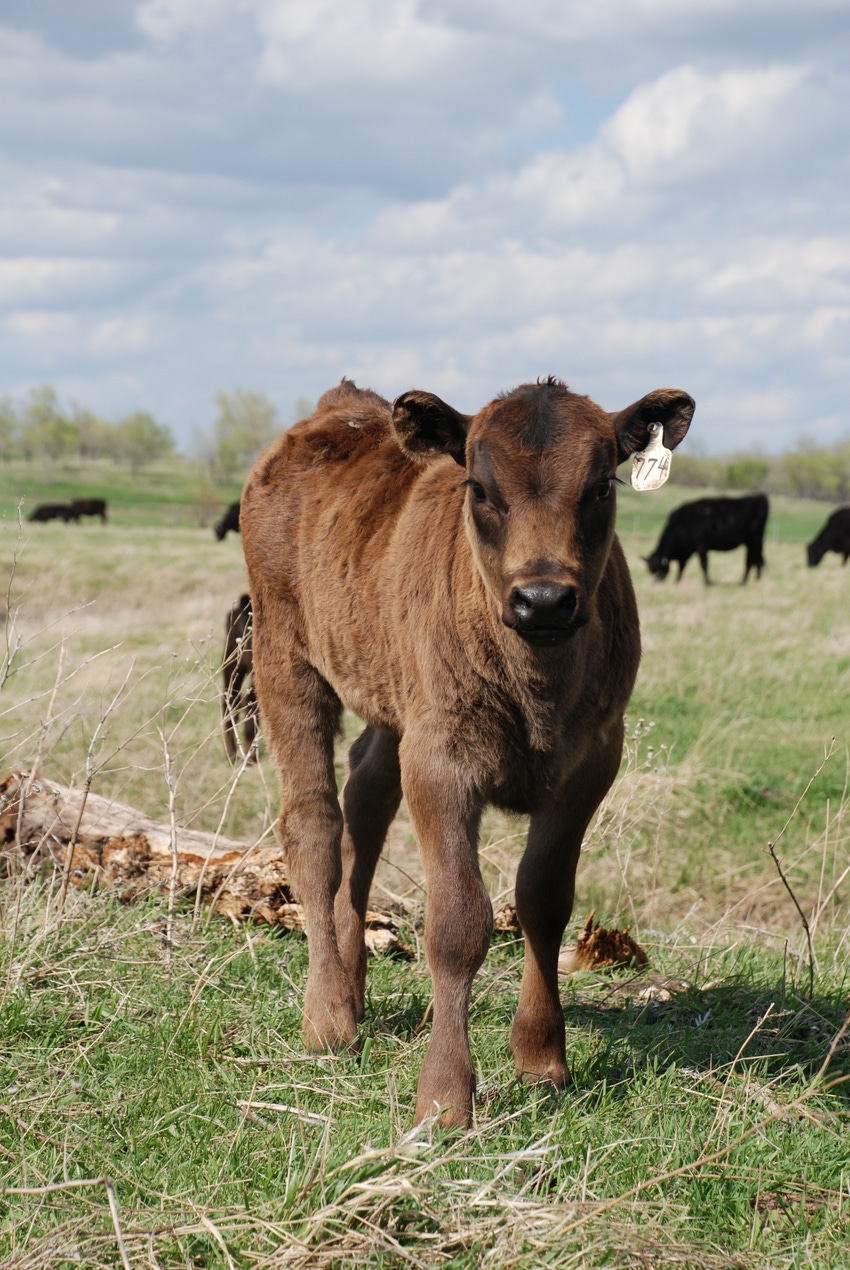March 11, 2014

After weeks of extremely cold temperatures, it finally feels like spring around here. With a high yesterday of 63°F., I spent the day outside looking over calves and enjoying the sunshine while it lasts. However, with warm spring temperatures comes a big concern for cattlemen, and that’s calf scours. Here are four things to keep in mind when dealing with scours on your operation, thanks to Don Hansen, Oregon State University Extension veterinarian.
1. No ranch is immune to scours.
“Almost no herd goes through a calving season without some scours. In severe outbreaks, the effects of scours in an individual herd can be overwhelming. Illness may occur in 70% of calves born and death may occur in 50%,” writes Hansen.
Subscribe now to Cow-Calf Weekly to get the latest industry research and information in your inbox every Friday!
2. Scours can be caused by many factors.
“Many factors influence the occurrence of diarrheal disease. Factors that predispose calves to scours include: dystocia, exposure, poor nutrition of dam, poor health of dam, poor mothering ability of dam, etc. Rotavirus and coronavirus are the most common viruses associated with calf scours. Both viruses infect the lining cells of the intestinal tract and destroy the cells that digest and absorb milk,” he explains.
Additionally, E. coli (Escherichia coli), Salmonella and Cryptosporidia can also invade the gut cells and cause scours. One consideration is a pre-calving vaccination to prevent scours, as well.
3. Early treatment of scours is key.
When a calf gets scours, they often become weaker and are less apt to take in enough milk to stay hydrated. Waiting too long to get fluids in a calf is one of the biggest mistakes a rancher can make in the treatment of scours.
“By far, the most important treatment measure is replenishment of vital fluids and electrolytes. Numerous formulas are now available commercially that are designed for rehydration, correction of pH imbalance, and replacement of lost electrolytes (K, Na, Cl, and bicarbonate). You should have a supply on hand to meet a scours problem before it occurs. Consult with your veterinarian for selection of product and volume of mixture to be given to treat sick calves,” Hansen recommends.
4. Move cow-calf pairs to a different location than your calving pen.
To prevent scours or limit the spread of scours, it is recommended that ranchers have an open lot or pasture to put cows in once they have calved. This helps slow the spread of viruses and bacteria. Even though snow and mud are issues during late winter and early spring calving, try to keep the calving area as clean and dry as possible, as well, so the calves are able to suck on clean udders.
Read more tips for Hansen here.
What have been your tried-and-true methods for managing and preventing scours? Share your tips in the comments section below.
More articles to enjoy:
Misinformation Creates Fear For Ground Beef
Coalition Is Working To Realize The Opportunity In Sustainability
120+ Romantic Ranch Photos Submitted By Readers
You May Also Like



